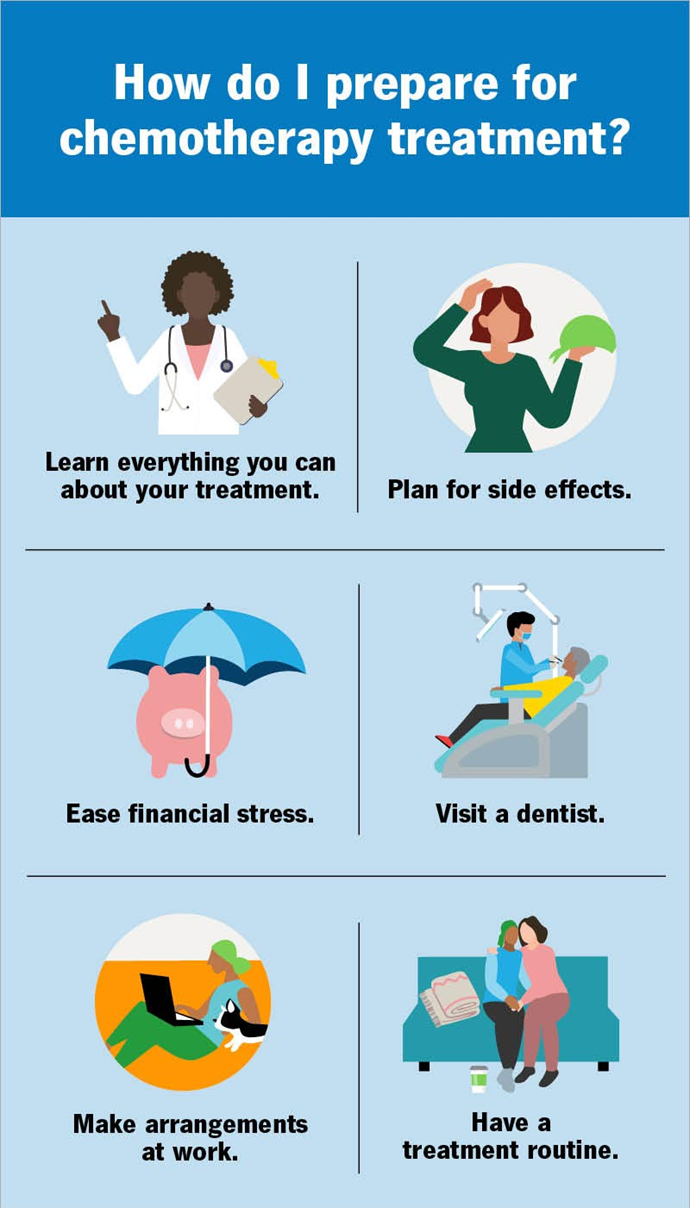A nurse in a provider’s office is assessing a client who has rheumatoid arthritis (R
Low-grade fever
Weight loss
Anorexia
Knuckle deformity
The Correct Answer is D
Choice A reason: Low-Grade Fever
Low-grade fever is a common early symptom of rheumatoid arthritis (RA). It is often associated with the body’s inflammatory response to the autoimmune activity occurring in the joints. While it can persist throughout the disease, it is not considered a late manifestation.
Choice B reason: Weight Loss
Weight loss can occur in RA due to chronic inflammation and its effects on metabolism and appetite. However, it is more commonly seen in the early to middle stages of the disease rather than as a late manifestation. Persistent inflammation can lead to muscle wasting and weight loss, but these are not specific to the advanced stages of RA.
Choice C reason: Anorexia
Anorexia, or loss of appetite, is another symptom that can be present in RA. It is often related to the chronic inflammation and pain associated with the disease, which can reduce a person’s desire to eat. Like weight loss, anorexia can occur at various stages of RA and is not specifically a late manifestation.
Choice D reason: Knuckle Deformity
Knuckle deformity is a late manifestation of rheumatoid arthritis. As RA progresses, the chronic inflammation can lead to joint damage and deformities, particularly in the hands and fingers. This includes changes such as ulnar deviation, swan neck deformities, and boutonnière deformities. These deformities result from the destruction of joint tissues and the formation of scar tissue, which can significantly impair hand function.

Nursing Test Bank
Naxlex Comprehensive Predictor Exams
Related Questions
Correct Answer is B
Explanation
Choice A reason: The Health Care Proxy Does Not Go Into Effect Until I Am Incapable of Making Decisions
This statement is correct. A health care proxy, also known as a durable power of attorney for health care, only becomes active when the individual is no longer capable of making their own medical decisions. Until that point, the individual retains full control over their health care choices1.
Choice B reason: I Have to Choose a Family Member as My Health Proxy
This statement indicates a need for clarification. It is not necessary to choose a family member as a health care proxy. An individual can select any trusted person, whether a family member or a friend, to act as their health care proxy. The most important factor is that the chosen person understands the individual’s wishes and is willing to advocate for them2.
Choice C reason: I Can Change Who I Designate as My Health Care Proxy at Any Time
This statement is correct. An individual can change their designated health care proxy at any time, as long as they are still capable of making their own decisions. It is important to ensure that any changes are documented properly and that all relevant parties are informed of the change3.
Choice D reason: If I Become Incapacitated, End-of-Life Choices Will Be Made by My Proxy
This statement is correct. If an individual becomes incapacitated and is unable to make their own medical decisions, the health care proxy will step in to make decisions on their behalf, including end-of-life choices. The proxy should be well-informed about the individual’s preferences and values to make decisions that align with their wishes4.
Correct Answer is ["A","B","C","D"]
Explanation
Choice A reason: Add Cream to Soups
Adding cream to soups is an excellent way to increase both calorie and protein intake. Cream is rich in fat and calories, which can help in weight gain and provide the necessary energy for clients undergoing chemotherapy. Additionally, it enhances the flavor and texture of soups, making them more palatable for clients who may have a reduced appetite due to treatment.

Choice B reason: Dip Meats in Eggs and Bread Crumbs Before Cooking
Dipping meats in eggs and bread crumbs before cooking adds extra calories and protein. Eggs are a good source of high-quality protein, and bread crumbs add additional calories. This method also helps to create a more appealing texture and flavor, which can be beneficial for clients experiencing taste changes due to chemotherapy.
Choice C reason: Use Milk Instead of Water in Recipes
Using milk instead of water in recipes is another effective strategy to boost calorie and protein intake. Milk contains essential nutrients, including protein, calcium, and vitamins, which are important for maintaining strength and health during chemotherapy. This substitution can be applied to various recipes, such as oatmeal, mashed potatoes, and smoothies.
Choice D reason: Top Fruits with Yogurt
Topping fruits with yogurt not only increases calorie and protein intake but also adds beneficial probiotics. Yogurt is a good source of protein and calcium, and when combined with fruits, it provides a nutritious and appealing snack or dessert. This combination can help improve appetite and provide essential nutrients needed during chemotherapy.
Choice E reason: Increase Fluids During Meals
Increasing fluids during meals is not specifically aimed at increasing calorie and protein intake. While staying hydrated is important, excessive fluid intake during meals can sometimes lead to a feeling of fullness, which may reduce overall food intake. It is better to focus on nutrient-dense foods and beverages that provide both hydration and essential nutrients.
Whether you are a student looking to ace your exams or a practicing nurse seeking to enhance your expertise , our nursing education contents will empower you with the confidence and competence to make a difference in the lives of patients and become a respected leader in the healthcare field.
Visit Naxlex, invest in your future and unlock endless possibilities with our unparalleled nursing education contents today
Report Wrong Answer on the Current Question
Do you disagree with the answer? If yes, what is your expected answer? Explain.
Kindly be descriptive with the issue you are facing.
